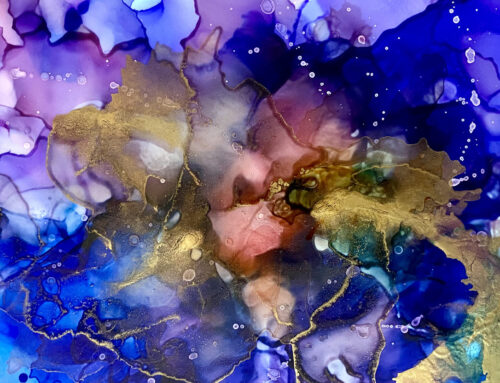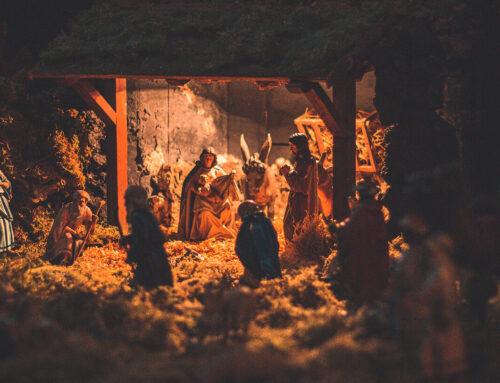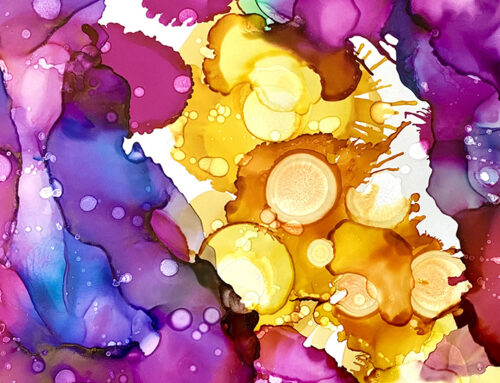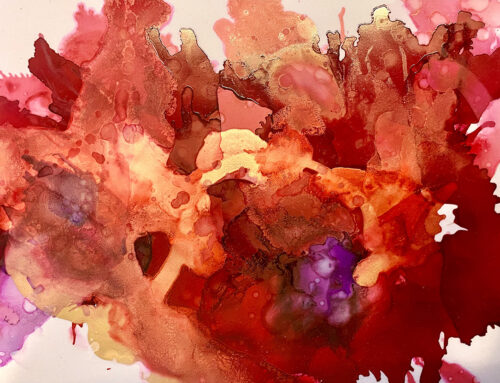The traditional story of Easter we pretty much know. Jesus is crucified, dies on a cross. He then is placed in a tomb only to resurrect three days later. There are four versions of the resurrection story, one in each of the canonical Gospels, and each a little bit different. The narratives are a combination of history remembered, and history interpreted, written anywhere from 40 to 80 years after Jesus’ death. Each has different people in attendance, different responses, and interestingly each has Jesus doing something different after the resurrection.
There is, however, one small piece within the differing accounts of the resurrection story, one tiny constant in each of the four gospels that intrigues me. And that’s who went to the tomb – Mary Magdalene – sometimes with others, but she is a constant. And what makes that important for me this year is what she means to me in connection to the events unfolding in my own life. Not from the perspective of women’s lib, or whether or not she was Jesus’ wife, lover or companion, but rather how I see myself in her this Easter season. She and Jesus together represent my journey of being a finite self, immersed in a story of infinite reality.
Think about Easter for a moment. The most celebrated Christian holiday around the world retelling the story of the death and resurrection of a great man – a man who worked miracles, who lived among the poorest and sickliest in society. A man who spoke of love, forgiveness and giving all we are and all we have. A man who told us the kingdom of heaven is within and among us NOW. A man who, throughout the millennia, has been raised on high, out of reach for most, someone I could never aspire to be “as good as.” I don’t know about you, but that’s a pretty tall order to try to live by.
The message has been delivered and interpreted as though we are aspiring to something higher, about being better, reaching the peak, getting rid of what doesn’t serve us, transcending faults and sinful, judgmental thoughts, moving away from the material and physical world, of moving “up” the spiritual path in order to have a taste of infinite reality, divinity, the Absolute.
This is where Mary Magdalene comes into the picture for me. She’s completes the picture because she is a constant, the finite self that points me to what Jesus’ life is really about – not so much about death, resurrection and hope for infinite reality, but rather about Jesus’ time on earth – the finite self. Through Jesus and Mary Magdalene we see lives of deep involvement in the material world, of descending, bending down low with great humility to be “close to the ground,” in order to fully embrace financial thieves, the haughty and humble rich, prostitutes, lepers, the blind and homeless, hypocrites, sages, religious conservatives, gnostics, innocent children, servants and lords. Here is where we see the messiness that is our lives, and we see them crossing every single boundary in this world, in the name of love.
This is the greatest message Jesus gave, love your neighbor as yourself, which has been interpreted as loving your neighbor as much as yourself. I disagree. This is not the heart of the lives of Jesus and Mary Magdalene. For me this teaching means to love your neighbor AS YOU. We are each unique expressions in our finite selves of the same infinite reality – divine love. We abide in each other, God lives in you and me, I live in God, you live in God, I live in you, you live in me. So moving inward and downward into my humanity allows me to draw on this love, to see the fullness of God’s life and love in the stranger before me, AS ME. Or as Mother Teresa said, “to see God in all its distressing disguises.” This is the grace of God – to live the wholeness of our humanity, which is our divinity.
One of the powerful things about scripture, ANY scripture from ANY faith tradition, is how much the stories told over the centuries and millennia are really our own stories, our own journeys in consciousness. Hopefully, we take these stories, reinterpret them, and embody them in our lives for today’s world. Easter is no different. Easter points us to the idea that perhaps our spiritual journey, our desire to know God and the love of God, to have God move in and through and as us, our yearning to touch and know infinite reality, is not at all about ascending higher and higher in order to be enlightened or to resurrect. Perhaps the Easter story is about descending, about living our lives here, where we can see the glory of God in the humble messiness of life.
It’s about living fully human, turning toward the physical world, embracing that which may be most chaotic, most frightening and most uncertain. This is what Jesus’ relationship with Mary Magdalene represents to me. Not a relationship of melodramatic, soap opera love, but a love that sees more because it sees less. A demonstration of descent into the finite self, so that infinite reality may be made manifest. This is the Easter journey, the Jesus and Mary template, to see reality for what it is, humbly bow down and love the messiness just as it is. And live our lives abiding in each other, finding our greatest blocks, our judgments, and conforming our hearts to love is a journey of descent, which ironically lifts each of us up.
Live your life in this manner, love those you may think are the hardest to love, those most unlike yourself, and you will find your own obstacles to descending. Live your life in this manner and you will find your greatest resistance to love and being loved. Live your life in this manner and you will see yourself in the stranger standing before you, which ultimately is the greatest expression of infinite reality.








Wow. I have been thinking today about the relationship between the absolute and the relative. If we are spiritual beings having a human experience, we must engage that human experience. I had heard the phrase ‘love your neighbor as yourself’ meaning ‘as much as,’ but it makes more sense as you put it–whenever you wrote this. Learning to hear, see and feel each ‘other’ as myself because each other is an expression of ourself, the One. An ongoing process of learning to live as love. Not so easy to do but necessary. Thanks.
I wrote it a few years back, but I repost it cause I love it. Ha! No often that my own writing is so wonderful to myself but when it is i will share it repeatedly. ❤️❤️❤️
Ah ha! I got it ! I get what you are saying! When I got to the Mother Teresa part it clicked! I do think that is what he was saying! I did think he meant Love your neighbor as much as I love myself and never thought about it differently. I like it!